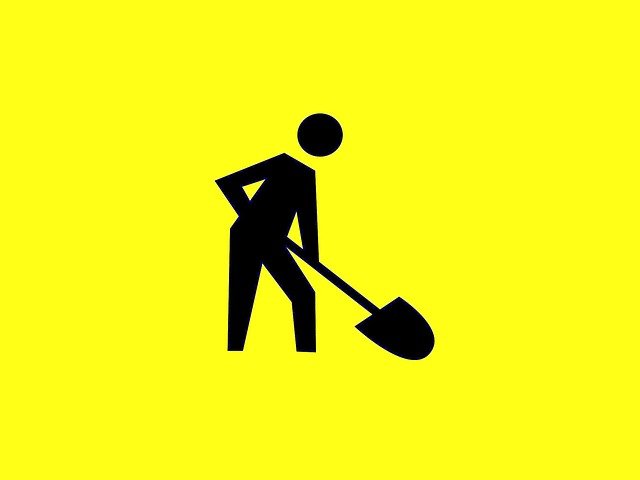
Design Coordination: How to Get Your ITSM Ducks in a Row
If you’ve been following my blogs (or even if you’re just a savvy IT professional like yours truly), then you know that ITIL® offers us a wide range of processes to learn, love. and adapt to our circumstances. Some of them, like incident management and change management are fundamental to IT service management (ITSM): do them well or else maintaining quality services is simply not possible.
Other processes are less obviously important, less high profile and, and let’s face it, just less glamorous. But nonetheless they can make a big difference to the effectiveness and the efficiency of the overall service management operation.
Probably the least glamorous processes, certainly in the way it’s taught in most ITIL Foundation courses, are the twin processes of Service Design Coordination and Transition Planning and Support.
Although the names are different, in practice these are very similar processes. They deal with the coordination and integration of multiple service designs and service transitions respectively, so we’ll say the ‘coordination processes’ and mean both of them.
Coordination to the Rescue
We have so many things going on at the same time, all interacting with each other. How can we get all those IT service ducks lined up in a row, so that we can maximize the value returned from our organization’s overall efforts?
ITIL’s coordination processes should perform a small portfolio of internal services that can deliver real business value:
- Coordination of activities
- Capturing lessons learned
- Spotting and solving resource conflicts and overseeing future resource requests
Maybe none of these sound quite as exciting as finding network faults or satisfying customer queries, but…do them badly and they will cost your organization dearly.
Coordination of Activities
 We all accept that the utilities and highway maintenance folks will have to dig the road up sometimes. They do this to fix the surface, repair the drains, or to lay or change the pipes and cables running under the road. So, we understand when the gas company digs up the road to upgrade the gas pipes. But we tend to get a bit upset when, two weeks after the gas guys have resurfaced and closed up the road, some other team, like electric or water, say, come along and dig it up again. Think about it and you can almost hear yourself saying “why didn’t they do that when it was already dug up last month?”
We all accept that the utilities and highway maintenance folks will have to dig the road up sometimes. They do this to fix the surface, repair the drains, or to lay or change the pipes and cables running under the road. So, we understand when the gas company digs up the road to upgrade the gas pipes. But we tend to get a bit upset when, two weeks after the gas guys have resurfaced and closed up the road, some other team, like electric or water, say, come along and dig it up again. Think about it and you can almost hear yourself saying “why didn’t they do that when it was already dug up last month?”
Well, that’s exactly how it seems to your customers when a service is affected by maintenance several times in a month. Hearing the first one was for data upgrade, the next for network maintenance, and the third for a new version to be installed doesn’t mollify them one iota. To them, it’s IT every time and all about IT being inefficient.
This is why we need to plan, predict, and coordinate the various bits of work required. In the above example, if someone was coordinating the gas, water, and other teams, then, in principle, they’d have kept the road open longer. As for us, we can keep the IT service up longer by coordinating the myriad of different changes and upgrades that require some downtime, and combing them into one occurrence.
Capturing Lessons Learned
If every team in your organization practices effective knowledge management – i.e. records their successful approaches, as well as the less successful ones, so that mistakes are not repeated and good techniques are – does that mean your organization has superb knowledge management? Not really, because so many valuable lessons are relevant and applicable to a wide range of teams, across the organization. A central point capturing knowledge across the teams and making it available to all of them, normalized to be meaningful “across the board” can deliver much more value in terms of saved time and money and better service availability and performance. This, again, is a role for the coordination processes.
Resources
If everyone wants the same resource, human or technical, who gets it? Is it the team who happens to control the resource, the one who shouts loudest, or the one who has the ear of senior managers? Clearly, the resources should go to where the maximum value to the business would result. A detached and objective view is required, and that is the role that the coordination processes can deliver. And when it comes to getting budgets and resourcing requests approved, a balanced and coordinated submission will always be more effective than a group of independent requests: economies of scale apply, and efficiency in considering one coordinated amalgamated submission rather than looking at dozens.
Value Over Glamour
So, while coordination, collaboration, administration, and budgeting may not sound as exciting as analysis, programming, design, and delivery, nevertheless they bring serious benefits to every organization if they are done well.
But they cannot work unless everyone in the organization sees their value, and works with them. Management has to approve, fund, and empower the processes and the staff delivering them.
But, crucial, to getting the maximum value is getting those busy with individual projects and issues to see that their working environment will be better for working with coordination. And most importantly of all, the value delivered to the customers rests on each and every person collaborating to maximize efficiency and effectiveness, and that is what good coordination processes can give you.
I’d love to hear if you are practicing these coordination processes, and if you’re finding value in it – please do share!






